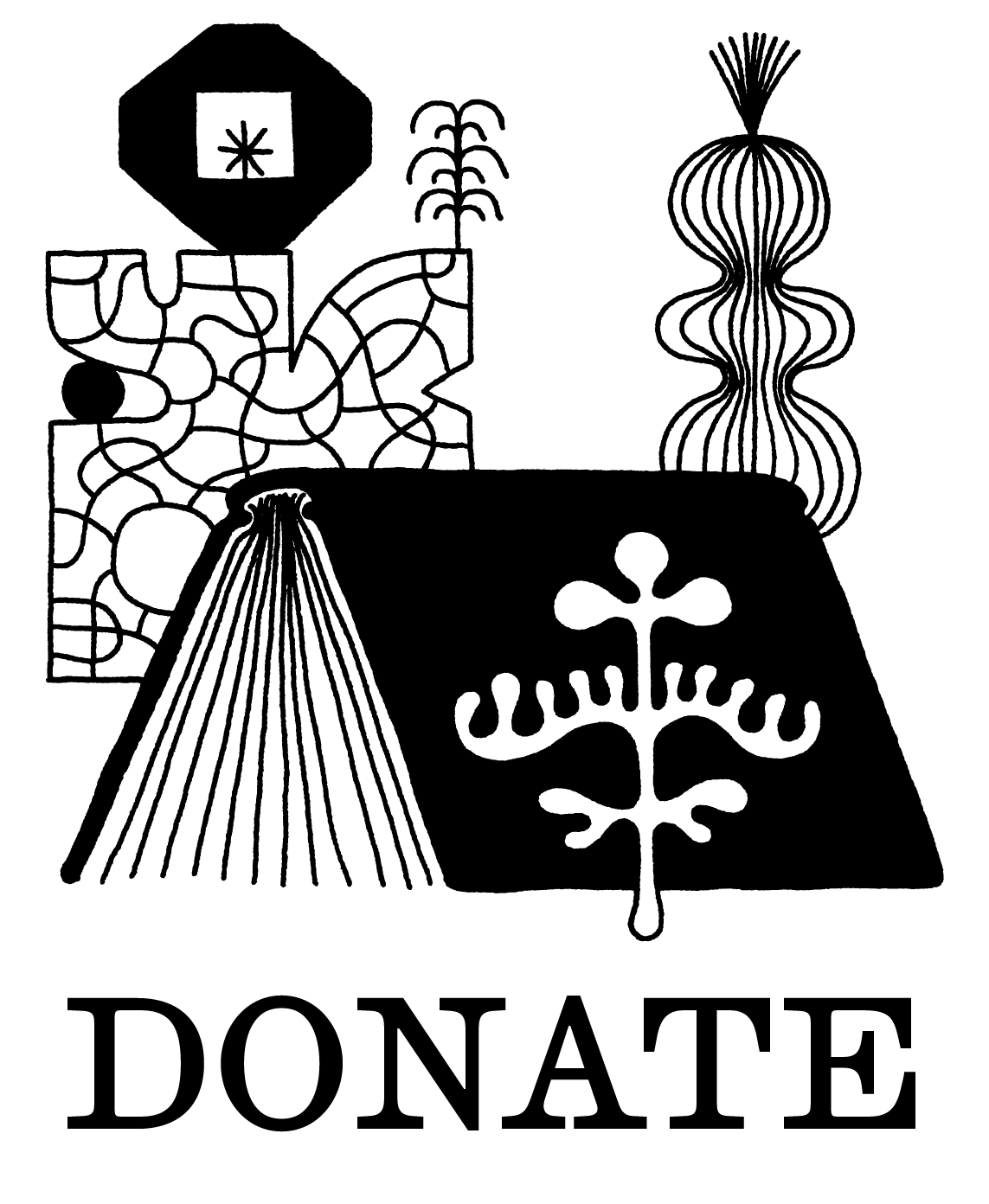



| Title | On Directing Air #2: Bratislava Zoo 1979-1991 |
| Author(s)/Editor(s) | Petra Feriancová, Peter Bartoš, Mira Keratová, Borbála Soós |
| Publisher | Archiving Air Press |
| Pages | 72 |
| Dimensions |
210 x 298 mm |
| Format | Softcover |
| Year | 2019 |
The subject of On Directing Air #2 is the Bratislava Zoo in Slovakia and the work of Peter Bartoš who was the resident conceptual artists at the zoo from 1971 to 1990, developing models for the spatial layout of the grounds and designing various living environments for the animals. Many of Bartoš's works, which often evolve and grow more complex over the course of decades, intertwine questions of ecological planning and the shaping of natural settings with issues of liberty and privacy in connection with (national and political) boundaries.
"The Bratislava zoo was conceived as an intracity zoo, placed into a diverse basic local government, an urban neighborhood called Patrónka-Mlynská dolina, through which the stream Vydrica flows, and which has a downward slope and a partly forested terrain. The original zoo was concentrated alongside this UNESCO protected river, the meanders of which are included in the project of P. Bartoš. Vydrica is positioned next to a highway, due to which the entryway and the main part of the zoo had to be moved to a different location at the beginning of the 80s. Bartoš created a plan respecting the needs of the animals and their ability to adapt to their current conditions with regard to the plan of an extension of the zoo, which happened after the construction of the highway.
Bartoš views the zoo primarily as a research facility, a living museum and a genetic bank. As a keeper of animals and a breeder he sees a reason for keeping endangered species. Conceivably the way they managed in the Prague zoo with Przewalski’s horses, Bartoš too wants to renew the breeding of Huculs (Carpathian ponies) for which this country typology is proper. He invites the conceptual artist Koller and the rock climber Bečík. Bartoš is an architect of nature, he builds a hill or a lake and, in his drawings, there are often human constructions and the original terrain all blending into one. In his understanding, the human interference enhances the environment and serves to keep a balance. He designs amorphous architecture pavilions and as he himself says, they are the mold of the original environment and that is why their shape copies their character. Bartoš has a great knowledge of the environment – he has explored it endlessly – this is apparent from his numerous sketches and line drawings, which he has produced over the course of many years. He adds that it is like that with respect to the zoological authority, for example prof. Podhradský or my grandfather prof. Ferianc. The drawings can be perceived as a concept of visions, designs, solutions, which are at the same time ad infinitum enchasing their own form. They are precise and resonate with a specific problem, they are labeled with titles, solutions and legends. It can be said that Bartoš tries to endlessly improve the environment, an ideal picture of the countryside, in which human beings live in harmony and peace with other living beings."

